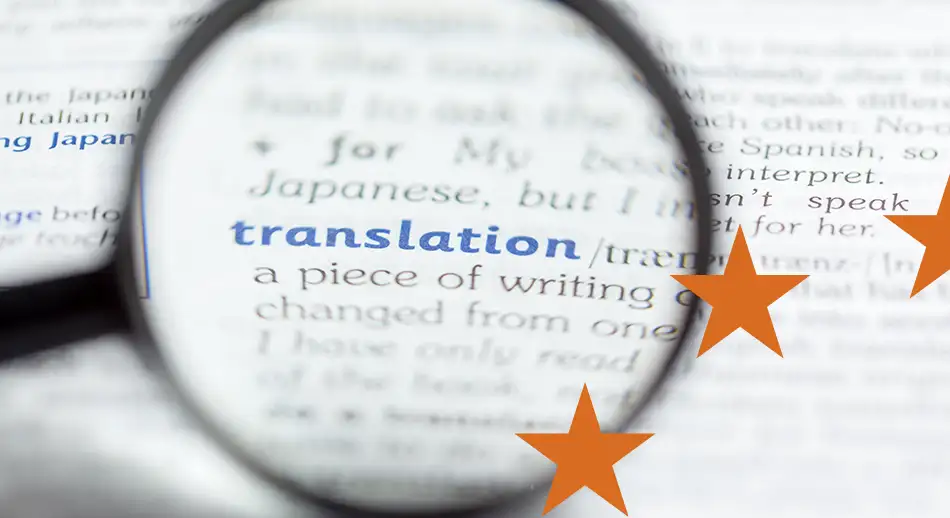At a time when there is a lot of talk about the new programming-but in fact, the respective calls for proposals have not yet been launched, a question arises: should we prepare ourselves for a break of several months in the launch of European calls and projects? Of course not: let’s find out why together.
European Programming 2021-2027: still some waiting time
Although the new multi-year financial framework has been approved, a final and official version of the regulations for the various European programs and funds is not yet available. There are already very advanced drafts of it, an agreement in principle has been reached on it, but the final official steps are missing. New work plans and calls can be launched only after the legal basis for the 2021-2027 European programs has been formalized. Among other things, the ratification of the Own Resources Decision by national parliaments is still required-an official (but not expected) confirmation of the funds actually available for program implementation.
This is a situation that can occur at the beginning of a seven-year period, due to the timing of the political debate and the procedures necessary for the approval of the EU budget and the architecture of European funds.
What are the timelines for community programs
With regard to directly managed community programs and funds, however, a planning and programming process is already underway at the European Commission level. Strategic plans and work programs for major EU programs (suchas Horizon Europe) are expected to be available (indicatively-and respectively) from February and April. These will be followed by the publication of calls for proposals for the new programming period.
What are the timelines of the Structural Funds
As mentioned earlier, the process for initiating the implementation of Structural Funds includes finalization and approval as further steps:
- Of a Partnership Agreement between each country and the European Commission,
- Of an agreement between the state and the regions on the allocation of funds,
- Of a Strategy Document for each Region and finally,
- of ROPs and NOPs, from which the actual programming of Structural Funds at the regional and national levels flows.
The OpenCoesione website makes it possible to track(among other things) the progress of these steps. The most recent updates concern the negotiation of the Partnership Agreement, the enabling conditions for the management of the funds, the strategic and thematic aspects of the current negotiation, and its financial aspects.
So we will still have to be patient for a few more months before we can actually work on the programs and projects for this new seven-year period: as mentioned earlier, the very availability of NextGenerationEU funds, while considered a priority, will not materialize until late spring.
European programs 2014-2020: there is still time to participate
On the other hand, the time for calls and projects from the old 2014-2020 programming is not yet over.
As we have already seen, several calls on direct management programs are still open to this day , which can be directly accessed on the main “calls portal” of the European Commission.
Regarding Structural Funds, the Regulations stipulate that expenses are eligible “if they have been incurred by a beneficiary and paid between the date of submission of the program to the Commission or January 1, 2014, whichever is earlier, and December 31, 2023.” Thus, the so-called “n+3” rule applies : activities on projects are eligible for funding until the third year following the end of the programming period. Of course, for this to happen, calls must be launched-and projects evaluated, initiated and executed-soon enough in advance.
In conclusion: let’s get ready!
In 2021, therefore, we will have an intermediate situation, typical of the beginning of any programming period: the old programs will be exhausted, while the new ones will be gradually launched.
Therefore, our Guide will keep the information for the 2014-2020 programming period for a while, which will then be archived. We are already working to publish information regarding the new 2021-2027 period as soon as possible.
Meanwhile, a dedicated section of the Guide allows our readers to follow this transitional period live.
Keep following us!




